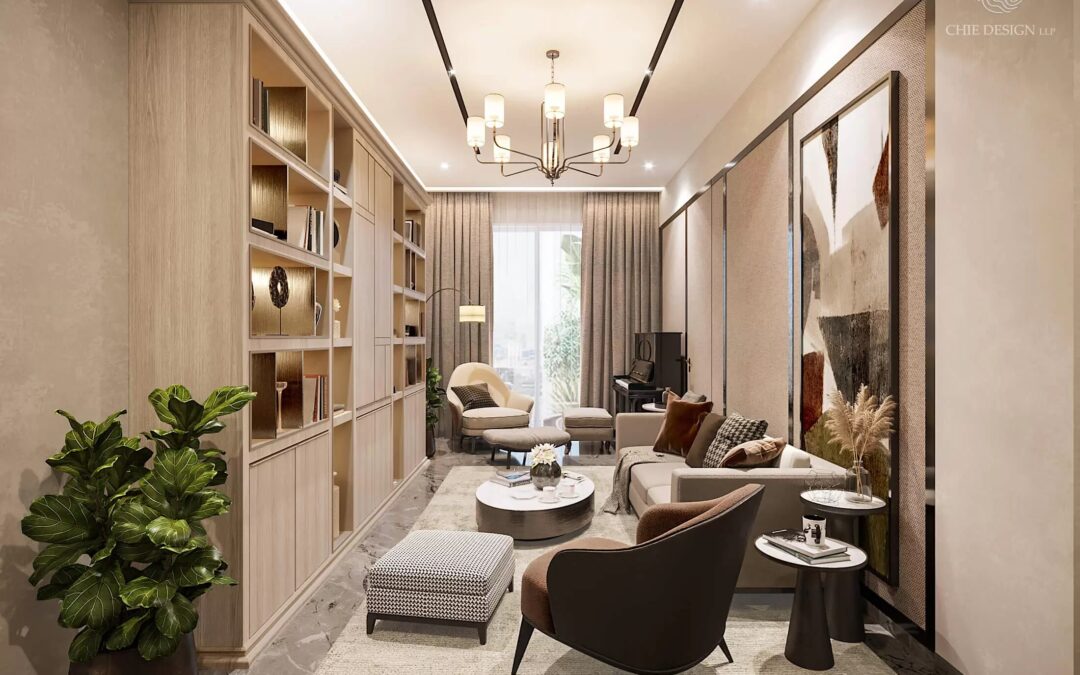In today’s fast-paced business environment, creating a modern workspace is crucial for boosting productivity, fostering collaboration, and reflecting a company’s innovative spirit. Transforming a traditional office into a modern workspace involves more than just aesthetic upgrades; it requires a thoughtful approach to functionality, flexibility, and employee well-being. Here’s a guide to revamping your traditional office into a dynamic and contemporary work environment.
1. Embrace Open Floor Plans
One of the hallmarks of modern office design is the open floor plan. This layout promotes better communication and collaboration among employees by eliminating barriers and creating a more fluid workspace. To achieve this, consider removing unnecessary partitions and cubicles, and opt for flexible workstations that can be easily reconfigured as needed.
2. Integrate Flexible Workstations
Modern workspaces thrive on flexibility. Incorporate a variety of workstations, including collaborative areas, quiet zones, and adjustable desks. Standing desks and ergonomic chairs can help accommodate different working styles and promote employee comfort. These elements not only support diverse working preferences but also contribute to a healthier, more dynamic office environment.
3. Focus on Technology Integration
A modern office must be equipped with the latest technology to support efficient workflows and communication. Invest in high-speed internet, wireless connectivity, and advanced meeting tools. Consider incorporating smart office solutions like automated lighting and climate control systems to enhance convenience and energy efficiency.
4. Create Inviting Common Areas
Transforming a traditional office also involves reimagining common areas. Modern offices often feature inviting lounges, break rooms, and café-style spaces where employees can relax and collaborate. These areas should be designed to encourage informal interactions and foster a sense of community within the workplace.
5. Incorporate Natural Elements
Modern office design often emphasizes a connection to nature. Incorporate natural elements such as indoor plants, natural light, and eco-friendly materials to create a calming and refreshing environment. Biophilic design principles can enhance employee well-being and contribute to a more pleasant work atmosphere.
6. Prioritize Aesthetic Appeal
A modern workspace should be visually appealing and aligned with the company’s brand identity. Work with an interior designer in Mumbai to create a cohesive design that reflects your company’s values and culture. Choose contemporary furnishings, color schemes, and art pieces that enhance the overall aesthetic of the office.
7. Foster Collaboration Through Design
Collaboration is a key component of modern workspaces. Design areas that facilitate teamwork, such as conference rooms with flexible seating arrangements, collaborative hubs, and brainstorming zones. Use modular furniture and writable surfaces to support interactive sessions and creative brainstorming.
8. Optimize Lighting and Acoustics
Lighting and acoustics play a significant role in creating a productive work environment. Ensure that your modern office has a mix of ambient, task, and accent lighting to suit various activities and preferences. Additionally, incorporate acoustic treatments to reduce noise levels and improve concentration.
9. Personalize Workspaces
Allowing employees to personalize their workspaces can enhance satisfaction and productivity. Provide options for adding personal touches, such as custom shelving, artwork, or personal décor. This approach not only makes the office feel more welcoming but also helps employees feel more connected to their work environment.
10. Seek Professional Expertise
Transforming a traditional office into a modern workspace requires a strategic approach and expert guidance. Partner with an interior designer in Mumbai to ensure that your vision is executed effectively. A professional designer can offer valuable insights, manage the design process, and help you achieve a modern workspace that meets your business needs.
Conclusion
Transforming a traditional office into a modern workspace is an investment in your company’s future. By embracing open floor plans, integrating flexible workstations, and focusing on technology and aesthetics, you can create an environment that enhances productivity and reflects modern business practices. Collaborate with an interior designer in Mumbai to bring your vision to life and ensure a seamless transition to a contemporary office space that supports your team’s success.
FAQs
Why is technology integration important in a modern office?
Answer: Technology integration is crucial because it supports efficient workflows and enhances communication. Modern offices benefit from high-speed internet, wireless connectivity, and advanced meeting tools, which facilitate seamless collaboration and streamline operations. Smart office solutions, such as automated lighting and climate control, also contribute to convenience and energy efficiency.
What role does an interior designer play in transforming an office?
An interior designer plays a crucial role in transforming an office by providing expertise in creating a cohesive and functional design. They can:
- Develop a Vision: Translate your goals and preferences into a detailed design plan.
- Manage the Process: Oversee the implementation of the design, ensuring that it meets your expectations and stays within budget.
- Enhance Aesthetics: Select furnishings, color schemes, and décor that reflect your company’s brand identity and create a pleasant work environment.
How can I make common areas more inviting?
To make common areas more inviting:
- Design Comfortable Spaces: Include cozy furniture, such as lounge chairs and sofas, for relaxation.
- Create Café-Style Areas: Incorporate café-style tables and seating for informal meetings and breaks.
- Add Personal Touches: Use artwork, plants, and décor that reflect the company’s culture and make the space feel welcoming.
- Ensure Accessibility: Design the layout to encourage use and interaction, making the spaces easy to access and enjoyable to spend time in.
What are the benefits of incorporating natural elements in office design?
Incorporating natural elements in office design has several benefits:
- Improves Well-Being: Indoor plants and natural light contribute to a healthier and more calming environment.
- Enhances Aesthetics: Natural materials and greenery add visual interest and create a more pleasant workspace.
- Boosts Productivity: A connection to nature has been shown to reduce stress and improve overall mood, which can lead to increased productivity.

